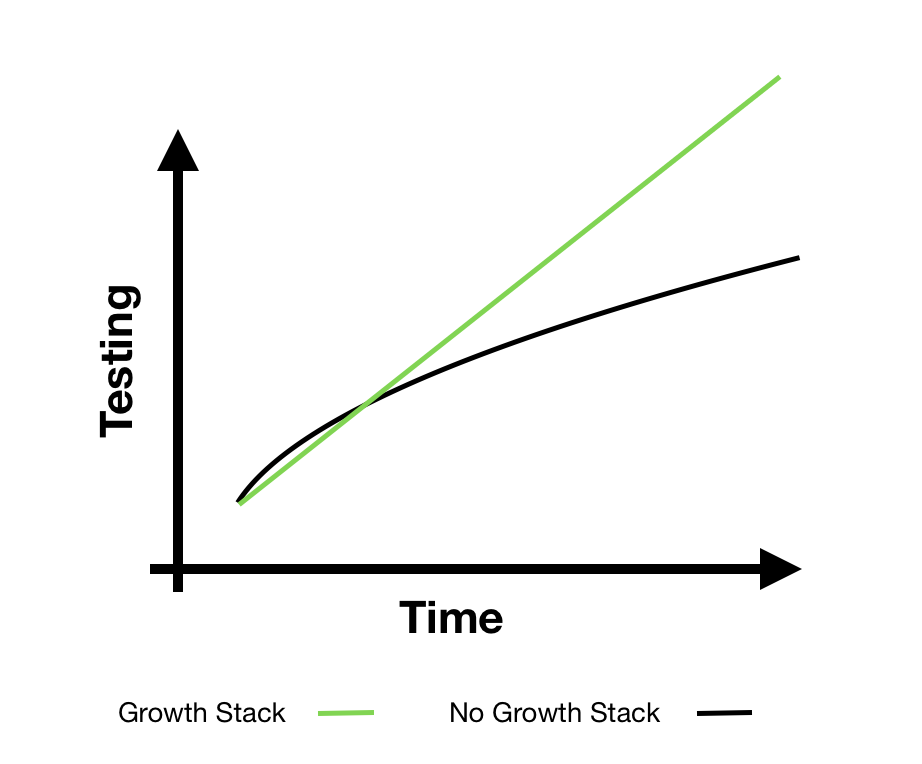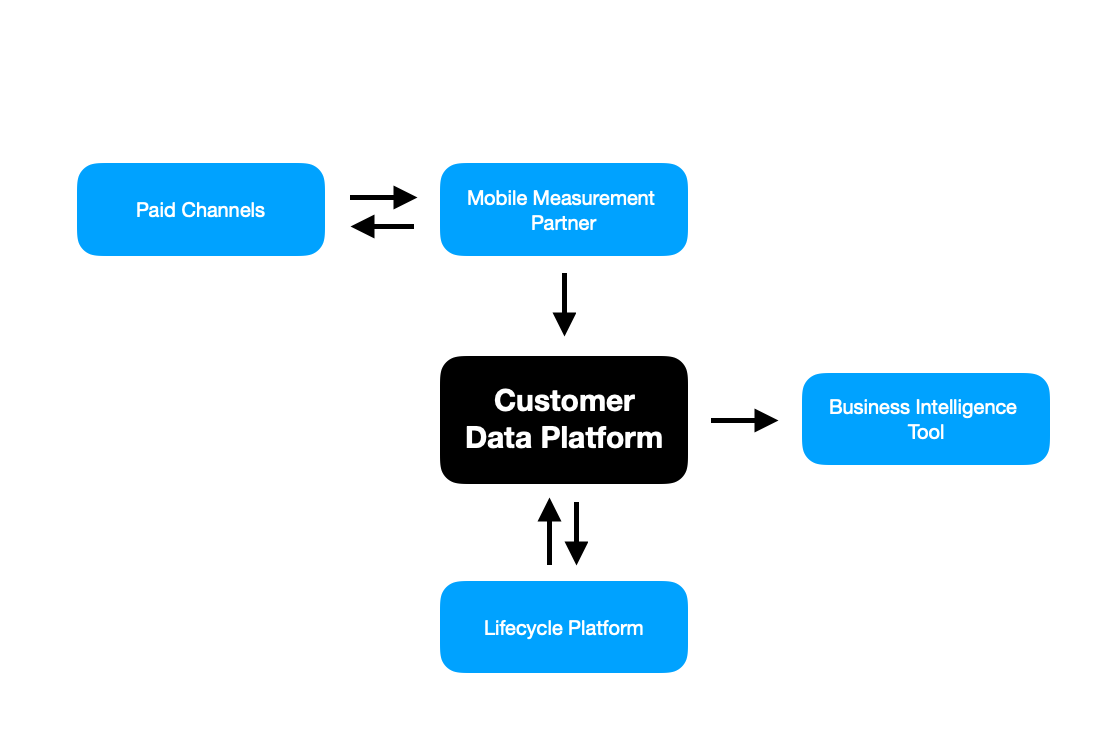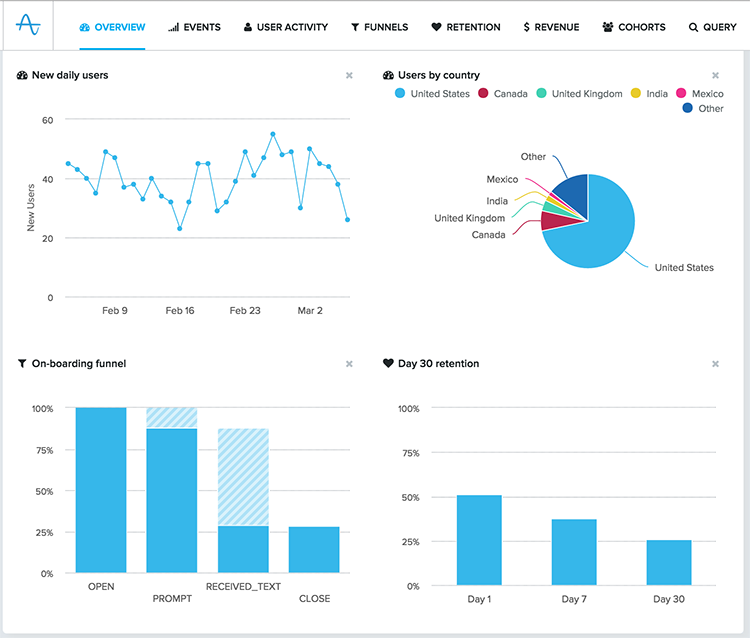You’ve launched a few paid acquisition channels and are now starting to see your first leads trickle in. Maybe you’ve even set up a drip campaign to convert these leads into paid subscriptions. Amazing!
But when you start ramping up, having a growth marketing tech stack (which we’ll refer to as “growth stack” for the rest of this column) becomes increasingly vital. Every startup with a successful growth program has factored in this foundational piece as a part of its overall strategy. They’ve also had a proper understanding and implementation of their growth stack.
So, what’s a growth stack? What are its components? How do you properly set everything up without heavy resources or funds?
Help TechCrunch find the best growth marketers for startups.
Provide a recommendation in this quick survey and we’ll share the results with everybody.
Growth stack overview
A growth stack is the foundation of your growth marketing efforts — it essentially webs everything together. While not an exhaustive list, the main components to a growth stack include:
- Customer data platform (CDP).
- Mobile measurement partner (MMP).
- Data warehouse.
- Business intelligence tool (BI).
- Customer engagement tools.
- A/B testing/experimentation tools.
- Acquisition mediums.
Think of these tools as the parts of a car, where the customer data platform acts as the engine and the other tools are the parts hooked up to the engine. The customer data platform (i.e., Segment) provides a basis for aggregating the data and federating it to other tools as necessary.
A mobile measurement partner is only necessary when running mobile app install campaigns and is being used as the tool to attribute paid acquisition efforts. Without getting into the details of how they work, mobile measurement partners are necessary to help mitigate fraud from ad partners, establish last-click attribution windows and assign credit to winning channels.
Now that you have data flowing between tools and channels, where is the data stored internally? This is typically the point when companies start looking for a data warehouse (Redshift, for example). However, I’d like to debunk the myth that a data warehouse is needed early on, because business intelligence tools (like Amplitude) have become very robust and can easily replace a data warehouse’s function.
In short, a data warehouse is used to combine data from many sources, track historical changes in data and provide a single source of truth. But for a lean startup, this can all be initially accomplished with the use of a business intelligence tool.
Now comes the fun tools for your growth stack — or, to continue our analogy, the modifications to your car. Customer engagement, A/B testing/experimentation tools and all your acquisition mediums are the pieces that help you drive top-of-funnel growth, optimizing the funnel and engaging with customers to push them toward conversion.
Why growth stacks?
If the answer isn’t already clear on why a growth stack is crucial for your startup, we can summarize the top three reasons for implementing one:
- Source of truth.
- Clear attribution.
- Actionable data.
Let’s say you’re five months into your startup, and you’ve proven there’s product-market fit. You’re now scaling various acquisition mediums, including paid, influencers and lifecycle.
Meanwhile, there is also exhaustive testing and iteration on the user funnel being performed. This sounds very typical to a startup in scale mode, with various tests and optimizations in progress. It can either be done slowly and incorrectly or, with the help of a growth stack, rapidly and accurately.
Instead of relying on ad dashboard data, which often lacks accuracy, a growth stack helps provide a single source of truth for all growth sources. This inherently increases the reliability of attribution and allows for the use of more accurate, actionable data. Nothing beats taking a few minutes to pull that data in a singular dashboard, leading to increased optimizations.

Testing velocity with and without a growth stack. Image Credits: Jonathan Martinez
Implementing a growth stack
There isn’t a structured or one-size-fits-all method to implementing a growth stack; each startup has unique needs. The top three components to prioritize early on should include a customer data platform, a business intelligence tool and a mobile measurement partner. These pieces will help build your growth foundation while allowing you to correctly track and optimize incoming traffic.

Visual representation of a lean growth stack. Image Credits: Jonathan Martinez
In this simplified representation of a lean growth stack, there is a customer data platform, business intelligence tool and mobile measurement partner. The paid channels and lifecycle platform are acquisition mediums, which pass data back to the centralized customer data platform. As the customer data platform receives data, it federates data to the business intelligence tool for visualization.
If your startup is still in its early days and testing for product-market fit, you might not need a growth stack. In this case, launching acquisition mediums is sufficient. After identifying whether there is potential, prepping for the implementation of a lean growth stack will become key.
Leveraging a growth stack
So, you’ve got your growth stack all set up. Now what?
The power of this implementation is now unlocked, and you can start performing some powerful analyses that can help provide actionable insights for optimizations. Think cohort modeling (actuals versus cohorted), retention charting, deep funnel analyses, identifying user-level behaviors, cross-channel attribution and more.

Sample Amplitude (business intelligence) dashboard. Image Credits: Amplitude
With a business intelligence tool, setting up a dashboard with various visualizations is one of the most beautiful ways to leverage your data. Wake up to a centralized dashboard with daily traffic reports by channel, funnel conversion rates, conversion counts by state and endless other options.
The ability to act on data rapidly becomes a breeze, rather than painfully slow, when pulling and analyzing from different sources. Having one source of truth for all growth sources will also keep everything at parity, which becomes important when comparing cross-source performance.
It’s so crucial to implement a growth stack early on to accelerate optimizations. Those who do will eventually reap the rewards.
